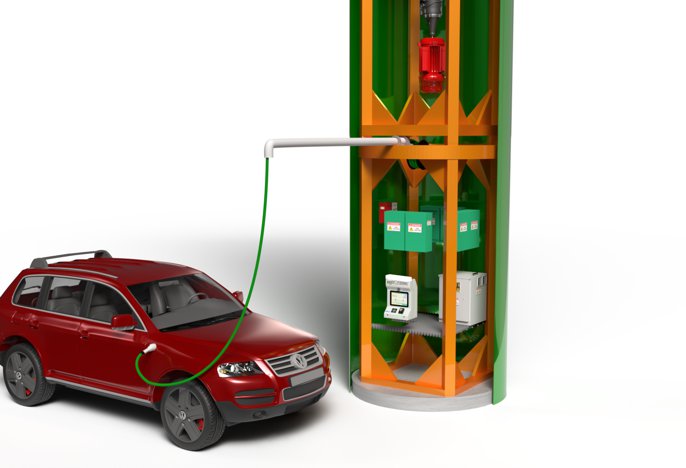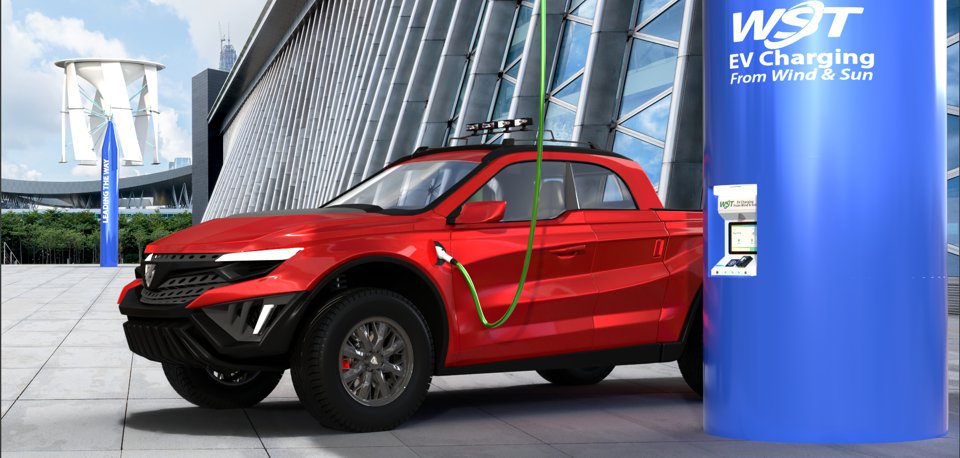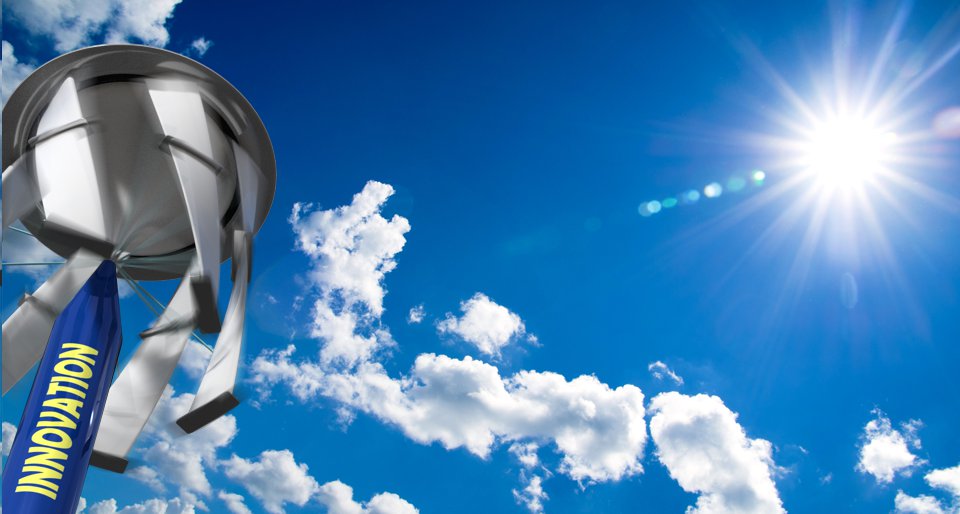The WST effectively generates more than 554,000 kW per Tower

Will CO2 Reduction fall prey to EV growth
Power plant efficiency is burdened by the thermal limitation of thermal, mechanical, and generator inefficiencies. This detail is rarely discussed, however understanding the entire production cycle is critical to solving our worldwide CO2 emissions challenges. (Source)
For example, a recent National Academy of Sciences report exposed environmental negative impacts of agriculture-based ethanol. They determined that methanol process cycle emissions result in a higher contribution to global warming. This revelation highlights that complicated conversion processes must be scrutinized to solve CO2 emissions. (Source)
The Wind & Solar Tower™ Provides a Solution
The Wind & Solar Tower™ produces electricity from wind and sun. It does this at the point of delivery and does so with the free resources from wind and sun. There are no power plants, transformers, substations, power lines or miles of wire. And all components necessary to generate electricity are housed on or inside the Tower.
Each Tower generates 169,000 kW of electricity per tower per year. Considering that more than two-thirds of the energy used in the current production of electricity is lost during the conversion of that energy to electricity for the end user, the generation of electricity of 554,000 kW per Tower per year with no impact to the U.S. grid is important – and impressive.


